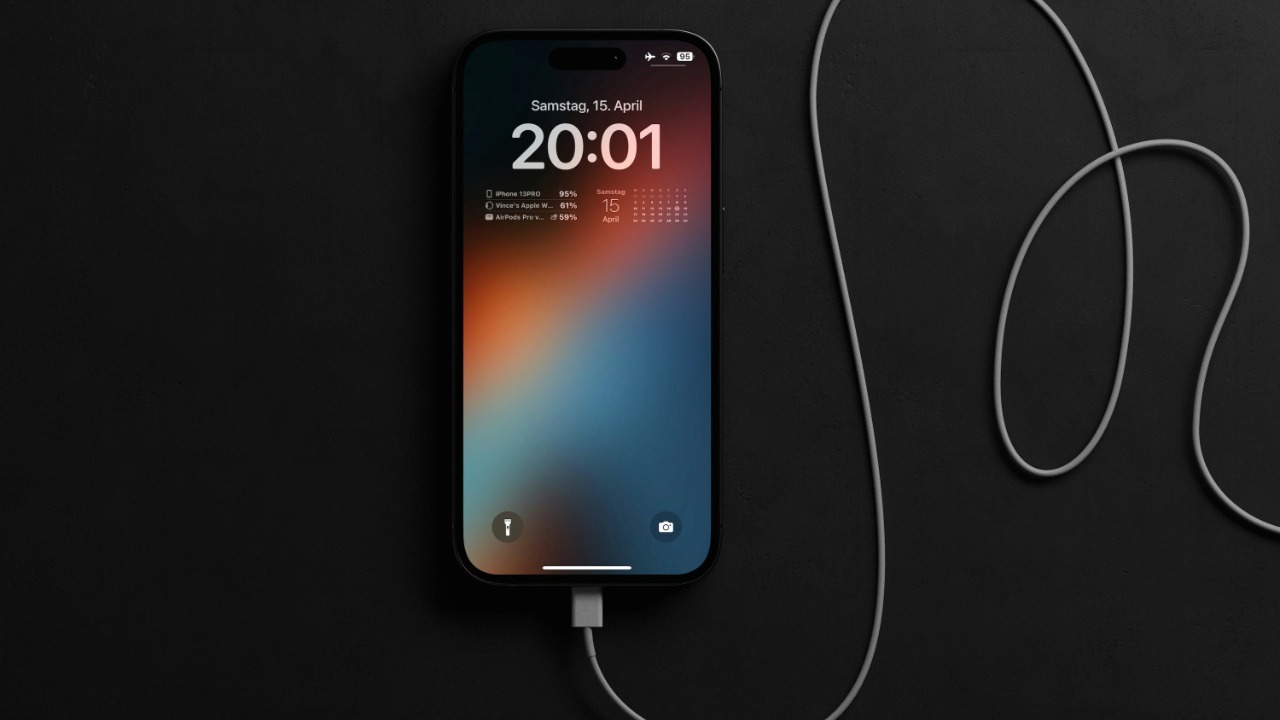
The iPhone 17 is anticipated to continue Apple’s shift to USB-C ports introduced with the iPhone 15 in 2023, enabling faster data transfer and charging capabilities compared to previous Lightning connectors. Recent analyses highlight how USB-C cables vary in speed ratings, with options supporting up to 240W for compatible Apple devices like iPhones, iPads, and Macs, potentially influencing the iPhone 17’s port performance. This evolution addresses user demands for quicker charging without proprietary cables (Macworld).
Historical Shift to USB-C on iPhones
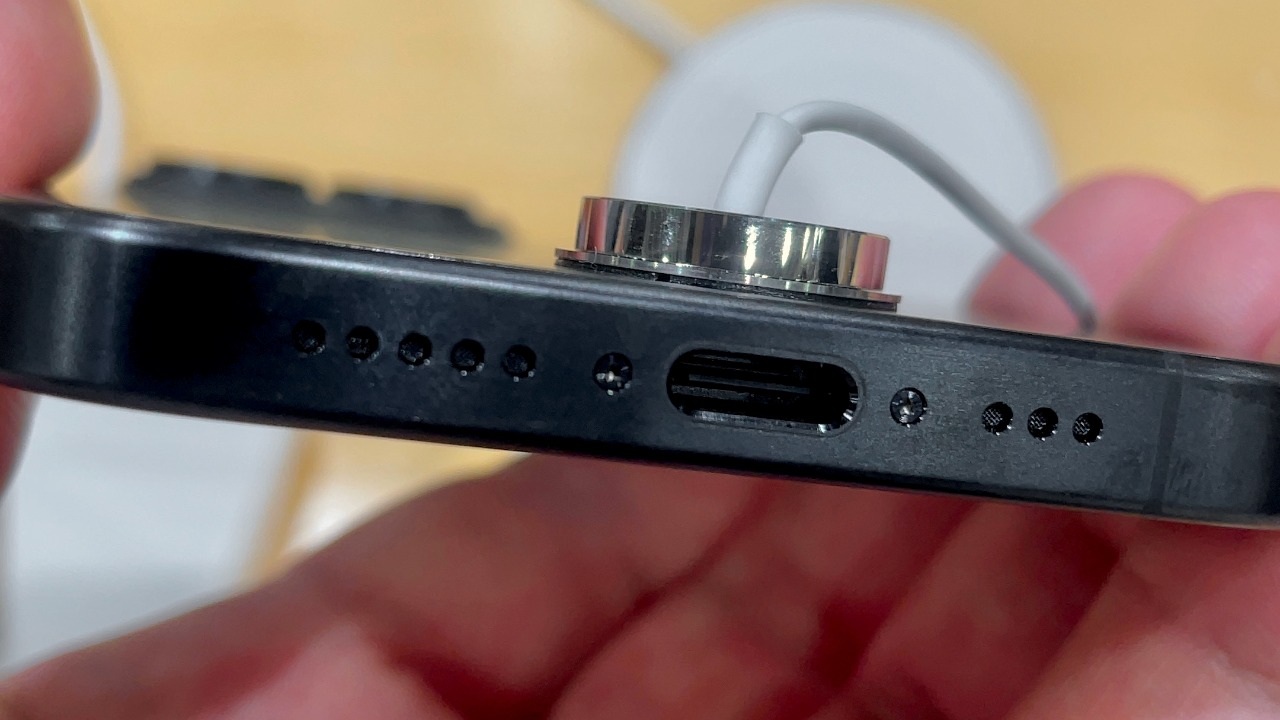
The transition from Lightning to USB-C ports began with the iPhone 15 lineup, a move largely driven by European Union regulations mandating universal charging ports. This shift marked a significant change for Apple, which had relied on its proprietary Lightning connectors for years. The Lightning ports were limited to 20W charging, whereas USB-C offers the potential for much higher wattage support, aligning with Apple’s broader ecosystem of iPads and Macs that had already adopted USB-C (Macworld).
Apple’s initial implementation of USB-C on iPads and Macs set the stage for a unified cable standard across its devices. This move not only streamlined the user experience but also responded to increasing consumer demand for faster charging and data transfer capabilities. By adopting USB-C, Apple positioned itself to offer more competitive charging speeds and data transfer rates, which were previously constrained by the limitations of the Lightning connector (Macworld).
Current USB-C Charging Speeds on Recent iPhones
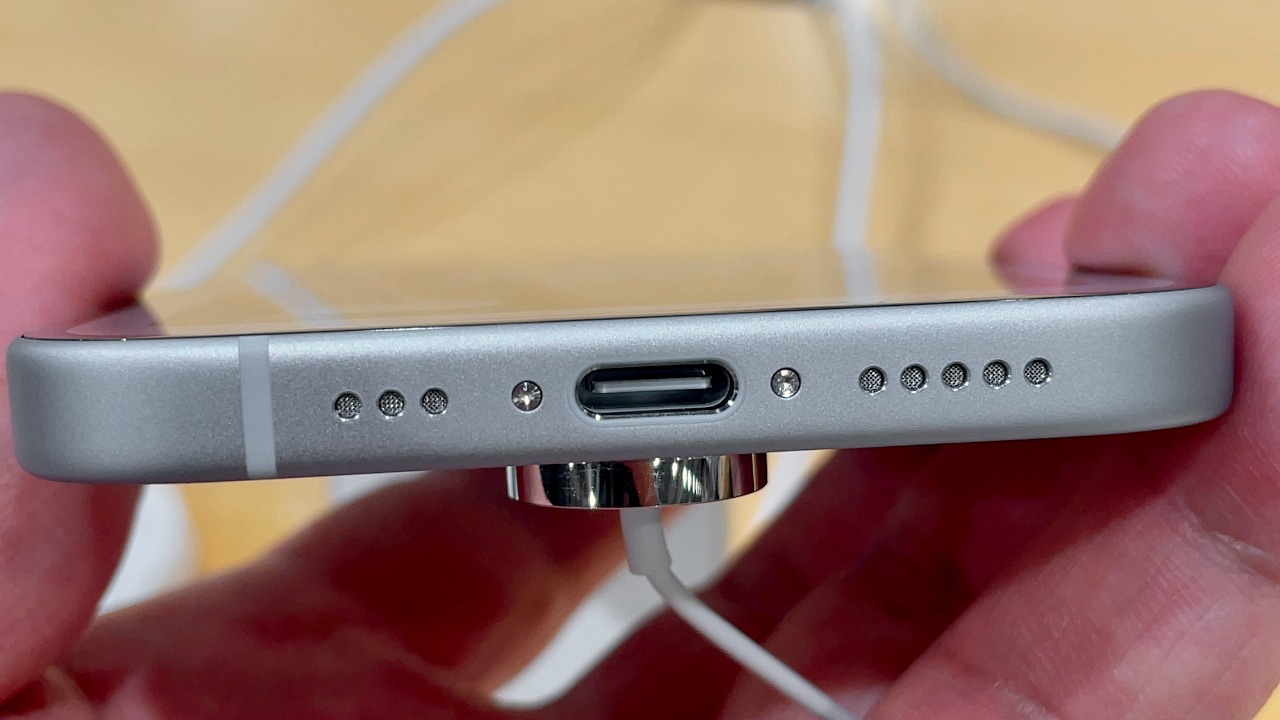
The iPhone 15 and 16 series have achieved up to 27W wired charging with appropriate USB-C cables, marking a notable improvement over prior models. However, these speeds still fall short of the full potential of USB-C technology. Data transfer speeds on the iPhone 15 Pro models reach USB 2.0 levels, approximately 480 Mbps, while the base models are limited to even slower rates. This discrepancy highlights the importance of using certified USB-C cables to ensure optimal performance (Macworld).
Compatibility issues with non-Apple USB-C cables have also been a concern, as only certified cables guarantee the best speeds for iPhones. This has led to some frustration among users who expect universal compatibility with USB-C. Despite these challenges, the shift to USB-C has generally been well-received, as it aligns with broader industry trends towards faster and more efficient charging solutions (Macworld).
Factors Influencing iPhone 17 USB Port Speed
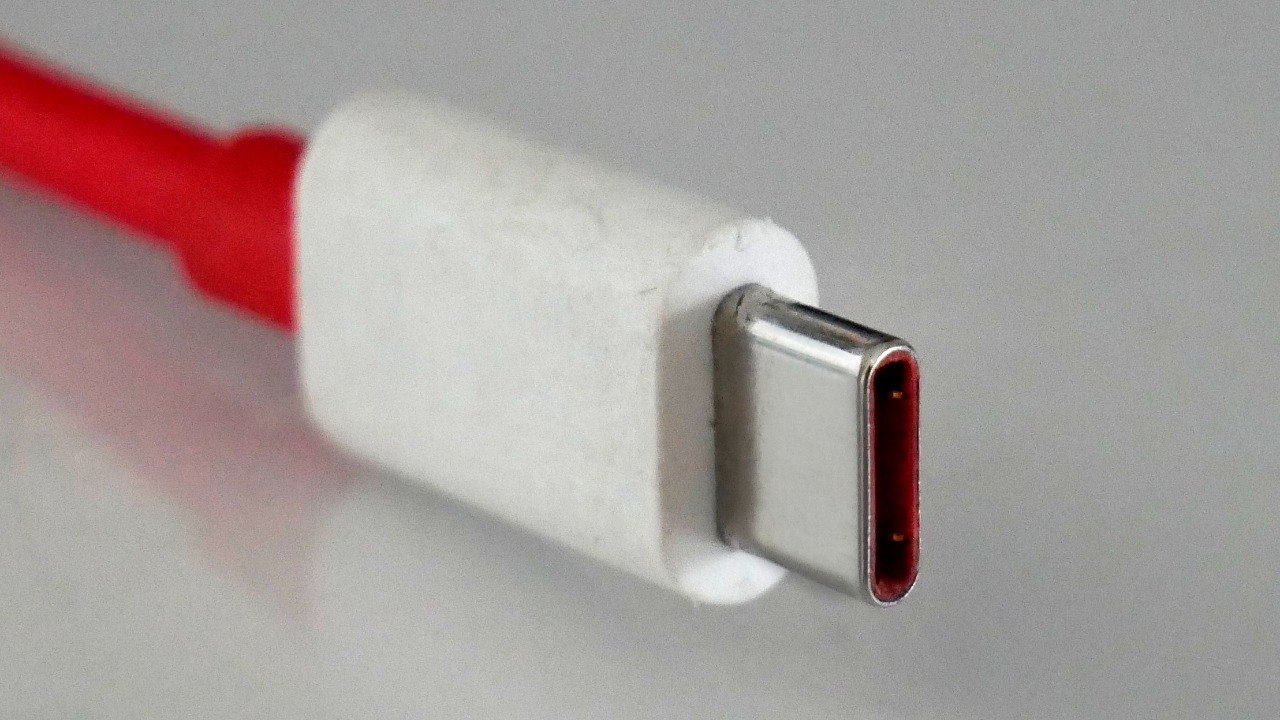
The quality of USB-C cables plays a crucial role in determining charging speeds for future iPhones. Cables rated for 60W or higher are recommended to avoid bottlenecks, ensuring that users can take full advantage of the iPhone’s charging capabilities. Additionally, Apple’s integration of MagSafe wireless charging technology may divert some focus from maximizing wired speeds, as the company explores a balance between convenience and performance (Macworld).
Regulatory pressures following the 2023 EU mandate could push Apple to enhance USB-C capabilities for the iPhone 17. As the company prepares for its 2025 release, there is speculation that Apple may introduce improvements to meet consumer expectations and regulatory requirements. These enhancements could include increased charging speeds and data transfer rates, positioning the iPhone 17 as a leader in smartphone technology (Macworld).
Expected Improvements and Comparisons for iPhone 17
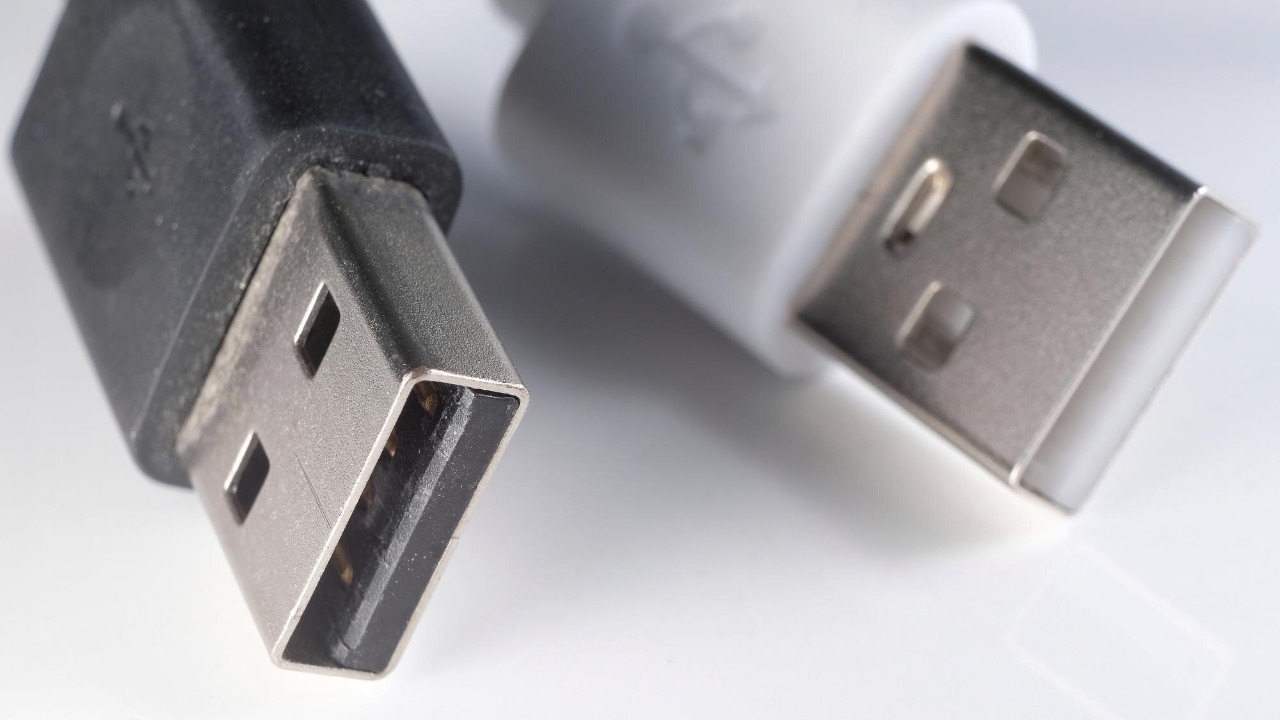
Speculation around the iPhone 17 suggests potential support for USB 3.x, which would allow for data speeds up to 10 Gbps. This would be a significant leap forward, building on advancements seen in Apple’s iPad and Mac lines since 2023. Such improvements would not only enhance user experience but also keep Apple competitive with Android devices that already offer charging speeds of 65W or more (Macworld).
User-reported benchmarks from current USB-C iPhones indicate room for wattage increases in the next generation. As Apple continues to refine its technology, the iPhone 17 could see enhancements that align with consumer demands for faster, more efficient charging and data transfer. These developments will be crucial for maintaining Apple’s reputation as an innovator in the smartphone market (Macworld).